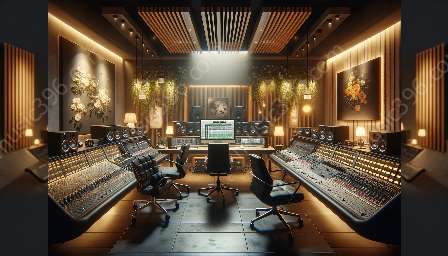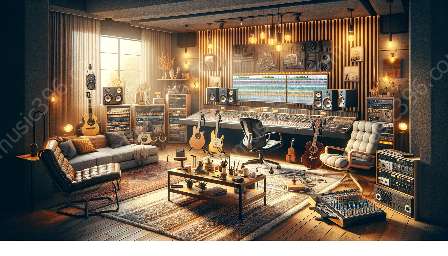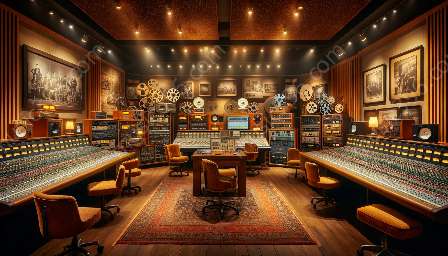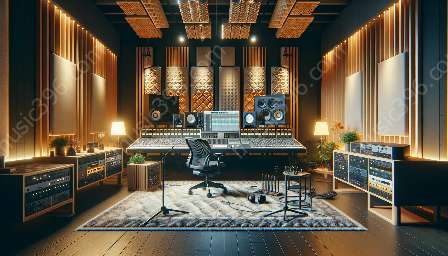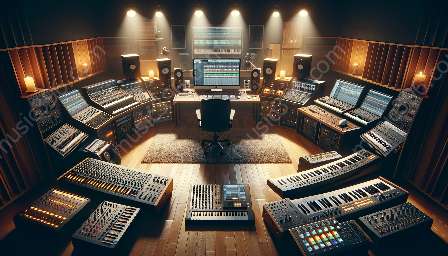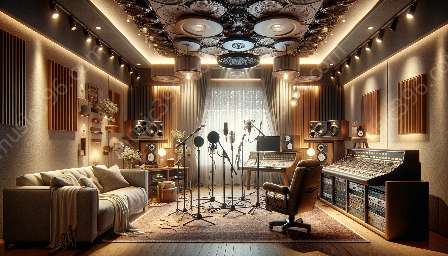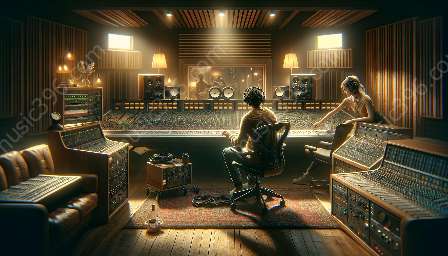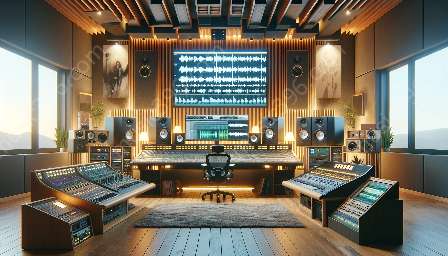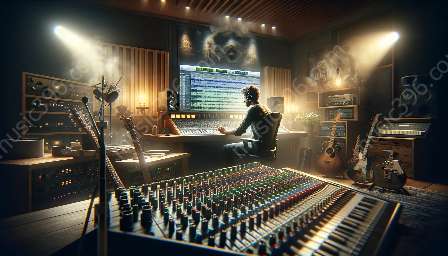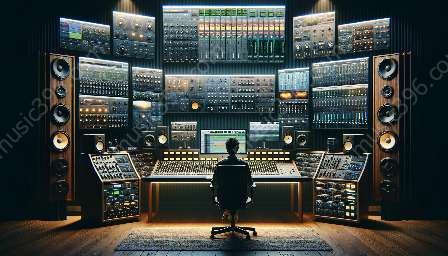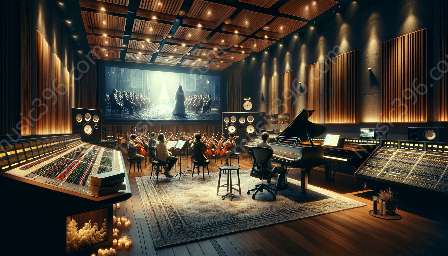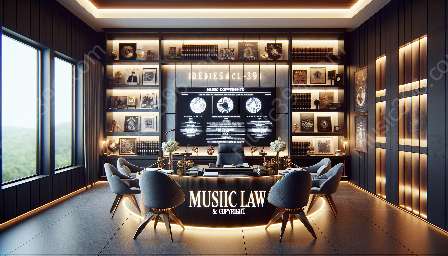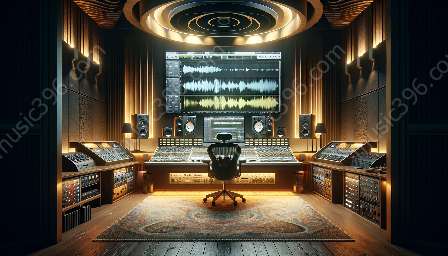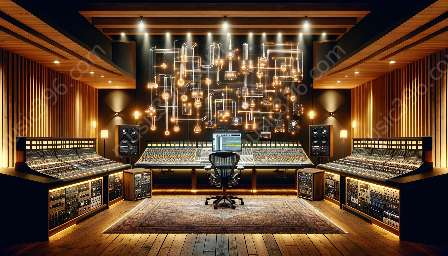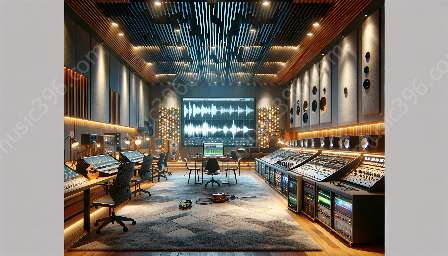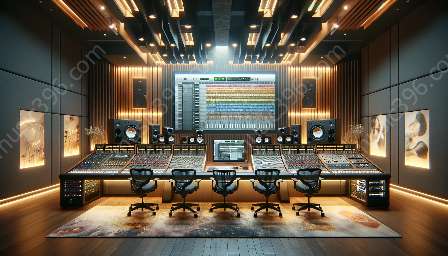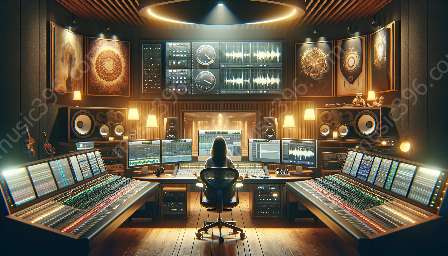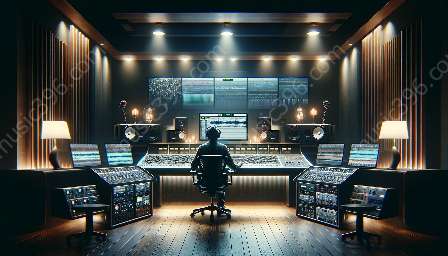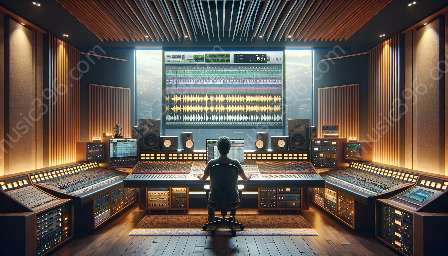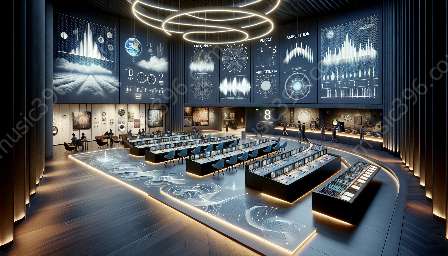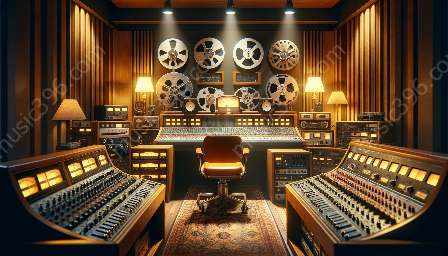High-fidelity audio recordings are integral to the music industry and require a deep understanding of the science of sound and acoustics. Capturing top-quality sound comes with its own set of challenges and solutions, which we'll explore in this comprehensive guide.
The Science of Sound and Acoustics
Before diving into the challenges and solutions of high-fidelity audio recordings, it's important to understand the underlying principles of the science of sound and acoustics.
Sound Waves and Frequency
Sound is a form of energy that travels through air in the form of waves. These waves have varying frequencies, which determine the pitch of the sound. Understanding how sound waves propagate and interact with the environment is crucial for capturing high-fidelity audio.
Room Acoustics
The acoustics of a recording environment significantly impact the quality of audio recordings. Reverberations, reflections, and the absorption of sound waves within a room can either enhance or degrade the fidelity of recorded audio.
Microphone Technology
Microphones play a pivotal role in capturing sound accurately. Different types of microphones (condenser, dynamic, ribbon, etc.) have unique characteristics that make them suitable for specific recording scenarios. Understanding microphone technology is essential for achieving high-fidelity recordings.
Challenges in Capturing High-Fidelity Audio Recordings
Background Noise and Disturbances
One of the primary challenges in audio recording is the presence of background noise and other disturbances. These can include environmental noise, electrical interference, or even the rustling of clothing. Minimizing and controlling these unwanted sounds is essential for high-fidelity recordings.
Dynamic Range and Clipping
The dynamic range of audio, which encompasses the difference between the softest and loudest sounds, poses a challenge in recording. Overly compressed recordings can lead to clipping, where the audio signal exceeds the maximum level, resulting in distortion. Managing dynamic range is crucial for capturing high-fidelity audio.
Room Resonance and Reflections
The characteristics of a recording space, such as room resonance and reflections, can introduce coloration and unwanted artifacts into the recorded audio. Addressing room acoustics and employing sound treatment measures are essential for minimizing these challenges.
Microphone Placement and Technique
Optimal microphone placement and technique are critical for capturing high-fidelity audio. Factors such as mic positioning, angle, and distance from the sound source can significantly impact the recorded sound. Achieving a balanced and detailed sound often requires careful consideration of microphone placement.
Solutions for High-Fidelity Audio Recordings
Noise Cancellation and Isolation
Implementing noise cancellation techniques and isolating the recording environment from external disturbances can help in achieving cleaner and high-fidelity audio recordings. This can involve using soundproofing materials, directional microphones, or digital noise reduction technologies.
Dynamic Range Compression and Limiting
Applying dynamic range compression and limiting during the recording and post-production phases can help manage the dynamic range of audio signals, preventing clipping and ensuring a more consistent and controlled output. These techniques are beneficial for preserving the fidelity of recordings.
Acoustic Treatment and Room Correction
Addressing room acoustics through acoustic treatment and room correction technologies can minimize the impact of room resonance and reflections. This includes utilizing acoustic panels, bass traps, and digital room correction software to create a more balanced and controlled recording environment.
Advanced Microphone Techniques
Employing advanced microphone techniques, such as stereo miking, phased array setups, or close miking, can offer greater flexibility and control in capturing high-fidelity audio. Understanding and utilizing these techniques effectively can result in more immersive and detailed recordings.
Conclusion
High-fidelity audio recordings demand a comprehensive understanding of the science of sound and acoustics, coupled with the ability to address specific challenges and implement effective solutions. By delving into the complexities of capturing high-quality sound, recording engineers and musicians can elevate the sonic experience for audiences and enthusiasts alike.



